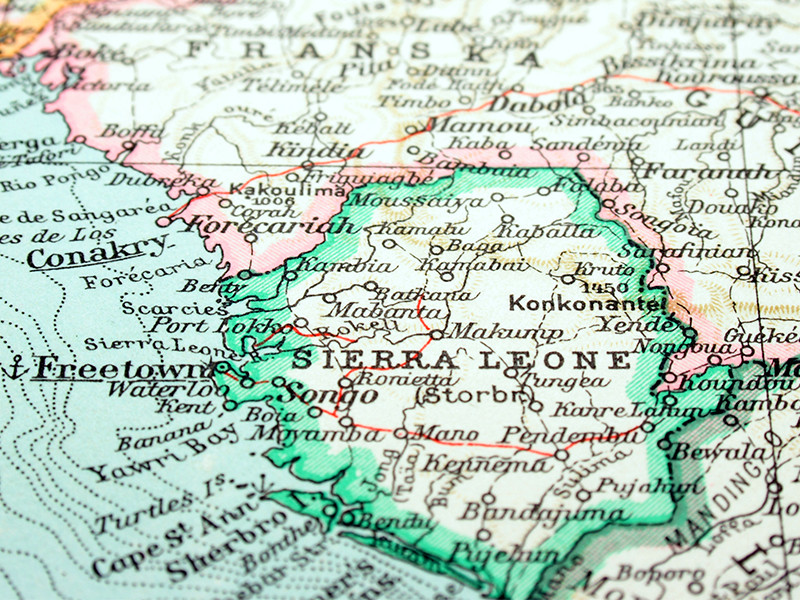Uganda Under Colonial Rule, in Government Reports, 1903–1961

Annual departmental reports relating to Uganda, 1903–1961
The most exceptional event with which the Force had to deal in the last seven years was the outbreak of rioting and disturbances in connection with the general strike in January, 1945Administration, 1909-1961; Police, 1946-1949; img 1
Access the full collection
Access the full archive of Uganda Under Colonial Rule, in Government Reports, 1903–1961.
Institutional Free Trial
Start your free trialRegister for a free 30-day trial of Uganda Under Colonial Rule, in Government Reports, 1903–1961, for your institution.
Institutional Sales
Visit Sales PagesellFor more information on institutional access, visit our sales page.
Single User License
Purchase a license below to view the full collection.
Already have a license? Sign in.
See how Uganda developed two separate healthcare and legal systems

Uganda was a colonial creation that was formed by joining the kingdoms of Buganda and Bunyoro. In 1894, Uganda became a protectorate of the British Empire and was thereby administrated by the British. This collection provides a unique opportunity to explore this administration in Uganda in more detail. The collection compromises of over 50,000 pages of progress reports written by various government departments in Uganda.
This collection, drawn from the British Foreign & Commonwealth Office records, contains a wealth of information on how Uganda was run by the British. The documents within the collection are dated between 1903 and 1961, just before Uganda’s independence from Britain in 1962. While there are some reports from the early 1900s the majority of the collection includes reports from the 1920s onwards. The documents are conveniently divided between 9 volumes, each compromising of reports from different government departments at the time. The volumes include Administration 1909-1961, Finance 1929-1962, Judicial and Police 1912-1960, Natural Resources 1903-1961, Social Services 1908-1961, Transport and Public Works 1912-1961, Trade and Commerce 1910-1961, Development Corporation and Boards 1948-1961 and Miscellaneous Reports 1923-1961. The subject matter varies between each report. Topics such as education, medicine, housing, accounts, forestry, agriculture and railways in Uganda are touched on within the reports.
The collection offers a unique perspective on the British administration in Uganda via official government reports. British colonial rule in Africa has received extensive scholarly attention. The documents within this collection would be particularly beneficial to researchers and students who are not only interested in the economic history of an East African country, but also the social history. The documents would be useful for researchers who are studying how Uganda changed after independence in 1962. In particular, a comprehensive look at the yearly reports reveals how the structure of the colonial government changed over time. As the content pages at the front of each report list the departments which existed at that time.
Uganda Under Colonial Rule works hand in hand with another British Online Archives collection in the Governing Africa series titled ‘Colonial Africa in Official Statistics, 1821-1953’. That collection uses statistics to tell the history of different African countries, like Uganda, through its accounts, population data, and lists of its officers. The government reports, within this collection, explain why those statistics are at the levels recorded, which in turn helps to build a full picture of Uganda under colonial rule.
Contents
Uganda Under Colonial Rule, in Government Reports, 1903–1961...
Annual departmental reports relating to Uganda, 1903–1961
Discover
Highlights
Insights
The Protectorate of Uganda was established in 1894 by joining the kingdoms of Buganda and Bunyoro. It was administered by the British until 1962.
The records in this collection not only illuminate the government statistics in Uganda, but also offer explanations of why the statistics were at the levels recorded, making it an invaluable source of exploration.
These reports are organised by different government departments within Uganda. A comparative look into the reports reveals how each department developed over the years.
Under colonial rule Uganda’s economic system was dramatically altered; this is mainly due to the fact Britain's primary concern was financial. A deeper look into the finance volume can provide more information on this alteration over the years.
The judicial reports include information on the new laws that were passed in that year.
These papers cover World War One and World War Two, as well as the social services before independence.
Unlock Historical Research for Your Institution
Provide your students and researchers with direct access to unique primary sources.









